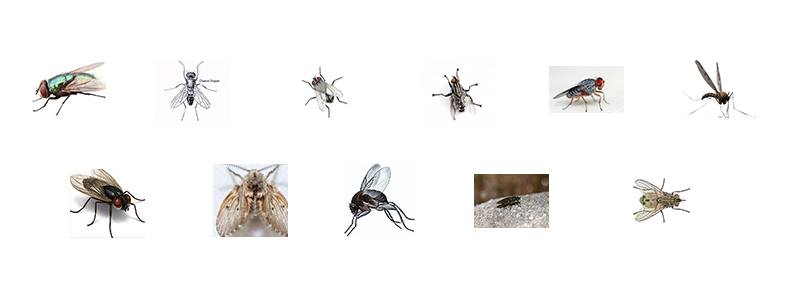Introduction
Tiny flying insects are a common sight in gardens worldwide. While most are harmless or even beneficial, some can damage plants or become nuisances. Understanding these insects’ types, behaviors, and impacts helps gardeners maintain healthy plants and a thriving garden ecosystem. This article explores the most common tiny flying insects found in gardens, their roles, and effective management strategies.
Common Types of Tiny Flying Insects in Gardens
1. Aphids
Aphids are small, soft-bodied insects often found in clusters on plant stems and leaves. They feed by sucking sap, which can weaken plants and spread diseases. Aphids vary in color from green to black or brown.
Key characteristics:
– Size: 1-3 mm
– Reproduce rapidly
– Excrete honeydew, which attracts ants and promotes mold growth
2. Fungus Gnats
Fungus gnats are tiny, dark-colored flies that resemble mosquitoes. Their larvae thrive in moist soil, feeding on organic matter and roots, sometimes harming seedlings.
Key characteristics:
– Size: 2-5 mm
– Prefer damp, rich soil
– Indicators of overwatering
3. Whiteflies
Whiteflies are small, white-winged insects that cluster on the undersides of leaves. Like aphids, they suck plant sap, weakening plants and causing yellowing or leaf drop.
Key characteristics:
– Size: 1-2 mm
– Rapid reproduction
– Produce honeydew
4. Thrips
Thrips are slender, tiny insects with fringed wings. They feed on plant cells by puncturing and sucking contents, causing silvery or bronze scars on leaves and flowers.
Key characteristics:
– Size: 1-2 mm
– Cause cosmetic and growth damage
– Vector plant viruses
Why Are Tiny Flying Insects Important in Gardens?
Not all tiny flying insects are harmful. Many play essential roles in pollination, decomposition, and natural pest control.
- Pollinators: Some small flies and gnats contribute to pollination, supporting fruit and flower production.
- Decomposers: Fungus gnats’ larvae help break down organic matter, enhancing soil health.
- Predators and Parasitoids: Certain tiny flies prey on harmful pests, balancing garden ecosystems.
Recognizing beneficial insects helps prevent unnecessary pesticide use and supports garden biodiversity.
How to Identify Infestations Early
Early detection is crucial for effective management. Here are practical ways to identify tiny flying insect infestations:
- Visual Inspection: Regularly check leaf undersides, stems, and soil surface for insect presence.
- Sticky Traps: Yellow sticky cards attract many flying pests, helping monitor populations.
- Plant Symptoms: Look for yellowing, distortion, sticky residues, or silver patches on leaves.
Documenting and understanding these signs enables timely intervention before severe damage occurs.
Effective Management and Control Strategies
Controlling tiny flying insects requires integrated approaches that prioritize garden health and sustainability.
Cultural Controls
- Proper Watering: Avoid overwatering to reduce fungus gnat populations.
- Sanitation: Remove plant debris and weeds that harbor pests.
- Crop Rotation: Helps disrupt pest life cycles.
Biological Controls
- Introduce Beneficial Insects: Ladybugs, lacewings, and predatory mites feed on aphids and thrips.
- Nematodes: Beneficial nematodes target fungus gnat larvae in soil.
Chemical Controls
Use insecticidal soaps or neem oil as targeted treatments, applying them during cooler parts of the day to minimize harm to beneficial insects.
Physical Controls
- Sticky Traps: Use to catch adults and reduce breeding.
- Barriers: Floating row covers protect plants from flying pests.
Implementing a combination of these methods ensures effective and environmentally responsible pest management.
Conclusion
Tiny flying insects in gardens range from harmful pests to beneficial allies. Understanding their characteristics, roles, and behaviors empowers gardeners to protect plants and promote ecological balance. Early identification and integrated management strategies—incorporating cultural, biological, and physical controls—are key to thriving gardens free from damaging infestations. Embrace these insights to nurture a healthy garden ecosystem while minimizing chemical reliance. Remember, not all tiny flying insects are foes; some are vital partners in your garden’s success.
